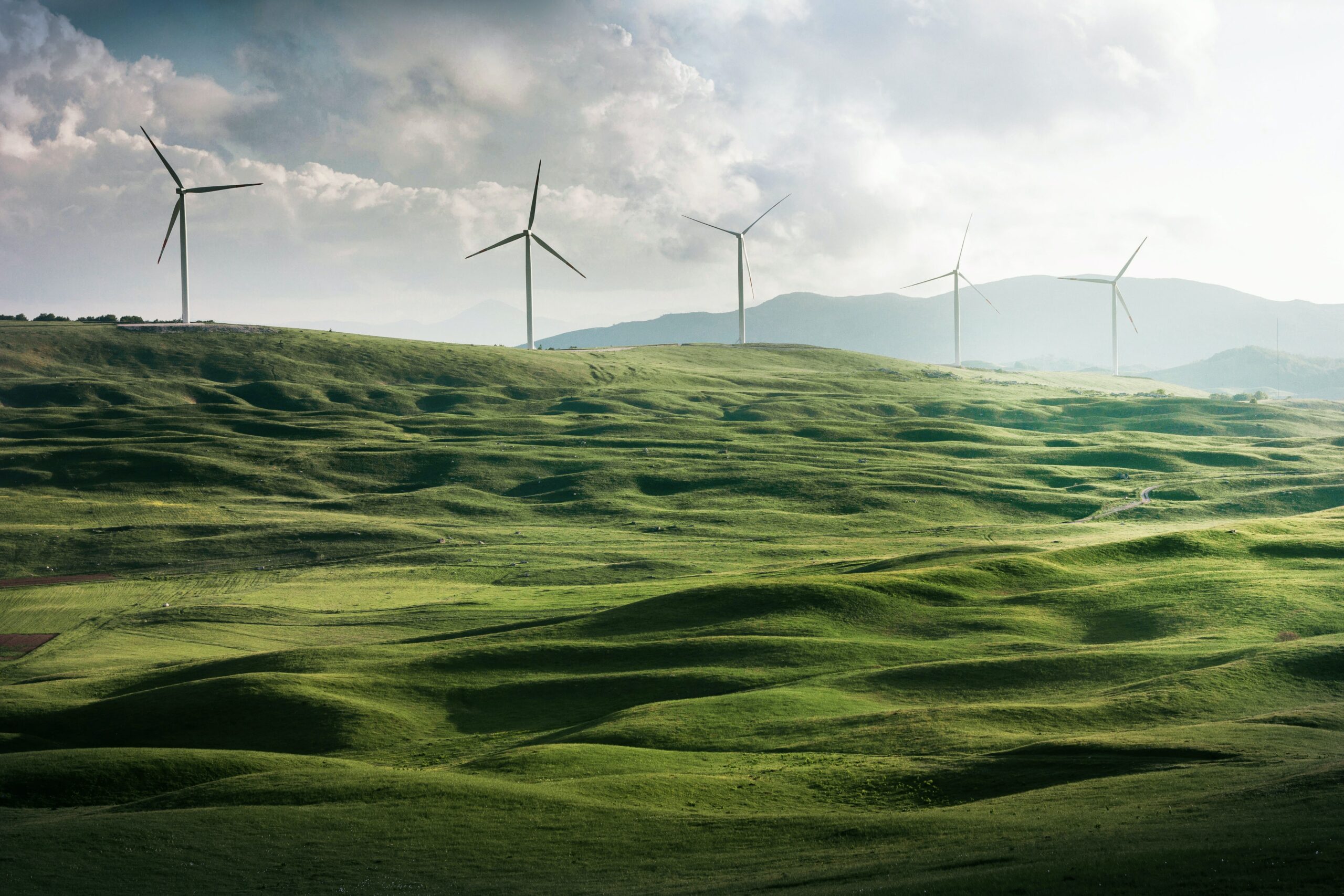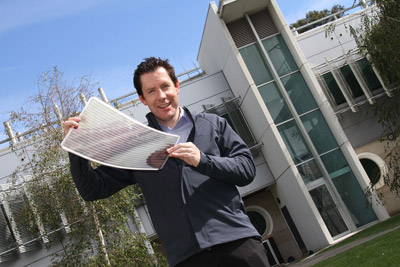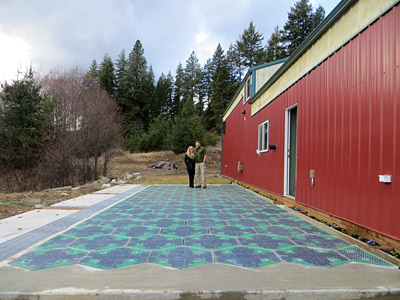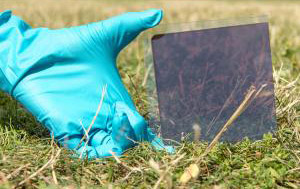Printable Solar Cells – Are They The Future?
Australian Researchers make organic photovoltaics that can be printed onto plastic
Conventional solar panels are made from silicon, in complex high-tech processes. Some sceptics have pointed out that they require large inputs of fossil fuels to the manufacturing process. Diggers and trucks are normally powered by diesel, not solar panels.
Australian researchers are looking into producing solar panels by an organic process that prints them onto plastic film. They would generate energy in a similar way to plant photosynthesis. The benefits of using organic photovoltaics (OPV’s) include low cost, environmentally friendly production methods and light weight, flexible materials will allow a marked change in how and where energy can be generated. It would be much easier to apply flexible strips to the outside of an object, a building say, than the current type of rigid panels. The Victorian Organic Solar Cell Consortium (VICOSC) – a collaboration between Australia’s national science agency CSIRO, the University of Melbourne, Monash University and industry partners, has managed to to print organic photovoltaic cells the size of an A3 sheet of paper.
“We’re using the same techniques that you would use if you were screen printing an image on to a T-Shirt,” says Dr David Jones, one of the researchers. Using semiconducting inks, the researchers print the cells straight onto paper-thin flexible plastic or steel. With the ability to print at speeds of up to ten metres per minute, this means they can produce one cell every two seconds.
There are huge possibilities for such cells – from charging phones and laptops, up to putting them on the sides of skyscrapers. Commercial applications are still a few years away but the technology is making significant progress.
“We print them onto plastic in more or less the same way we print our plastic banknotes,” Fiona Scholes, a senior research scientist at CSIRO, told ABC News . “Connecting our solar panels is as simple as connecting a battery.”
As their dream gets closer to realisation, companies are beginning to show interest in developing the technology further.
“We would like to improve the efficiency of solar panels – we need to develop solar inks to generate more energy from sunlight… We are confident we can push the technology further in the years to come,” Scholes said.
The potential for alternative uses is endless, she says, “They could potentially be used in a whole range of applications such as consumer product packaging, windows and window furnishings, temporary structures, remote locations and developing communities.“
http://www.vicosc.unimelb.edu.au/
Visit SolarJobs for the latest Solar Jobs




